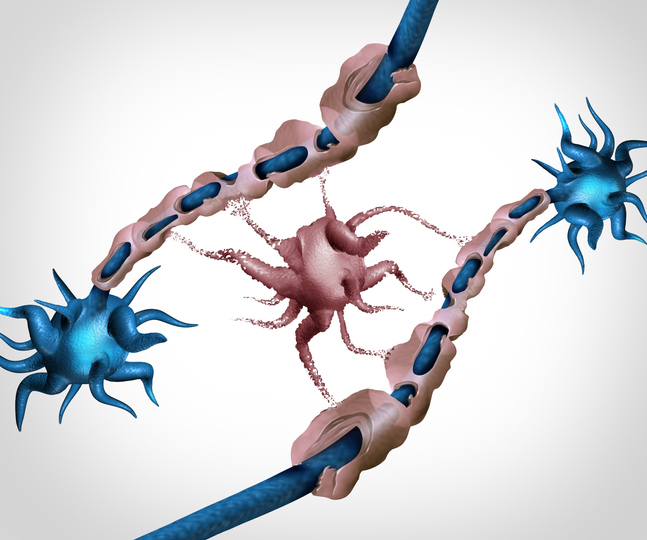
In teenagers with attention deficit-hyperactivity disorder (ADHD), a specially designed computerized simulated-driving program may reduce driving risks by preventing long glances away from the roadway, according to a new study published in The New England Journal of Medicine.
Researchers assessed a computerized skills-training program developed to reduce long glances (defined as glances longer than two seconds) away from the roadway in drivers between the ages of 16 and 19 with ADHD. The population of interest were randomized 1:1 to receive either the training intervention, called the enhanced Focused Concentration and Attention Program, or enhanced conventional driver’s education (control).
The primary end points of interest were defined as the number of long glances away from the roadway during two 15-minute simulated drives at baseline and at 1 month and 6 months following training. Secondary outcomes were stipulated as the rates of long glances and car collisions or near-collisions involving abrupt changes in vehicle momentum (g-force event).
According to the results, during the simulated driving after training, study subjects intervention group experienced an average of 16.5 long glances per drive at 1 month and 15.7 long glances per drive at 6 months, as compared with 28.0 and 27.0 long glances in the control group. The researchers observed that the standard deviation of lane position was 0.98 SD at 1 month and 0.98 SD at 6 months in the intervention group, as compared with 1.20 SD and 1.20 SD in the control cohort. Also, the study found that in the interventional group during real-world driving over a year after training, the rate of long glances per g-force event was 18.3% as compared with 23.9% in the control group.
“In teens with ADHD, a specially designed computerized simulated-driving program with feedback to reduce long glances away from the roadway reduced the frequency of long glances and lessened variation in lane position as compared with a control program. During real-world driving in the year after training, the rate of collisions and near-collisions was lower in the intervention group,” the researchers concluded.







 © 2025 Mashup Media, LLC, a Formedics Property. All Rights Reserved.
© 2025 Mashup Media, LLC, a Formedics Property. All Rights Reserved.